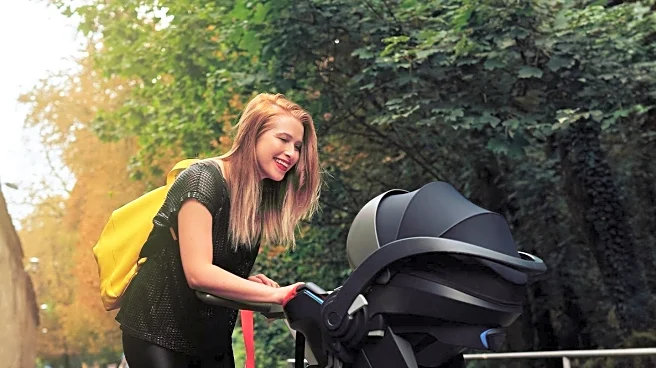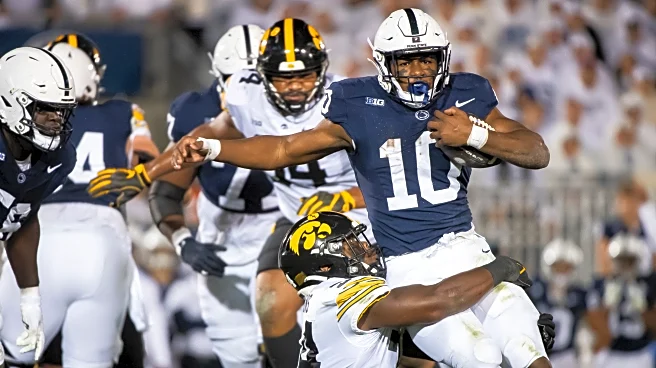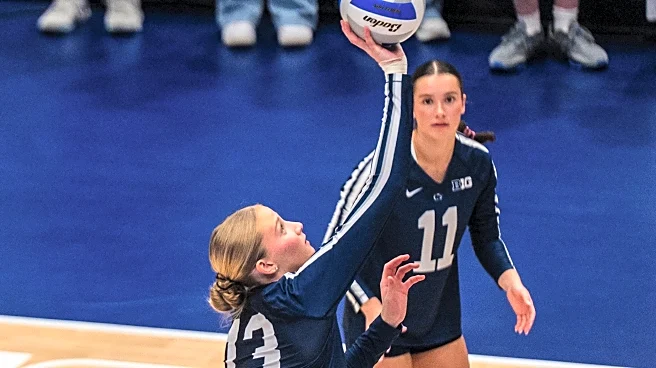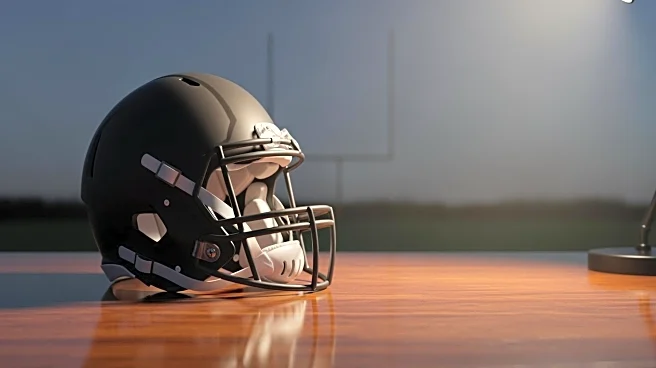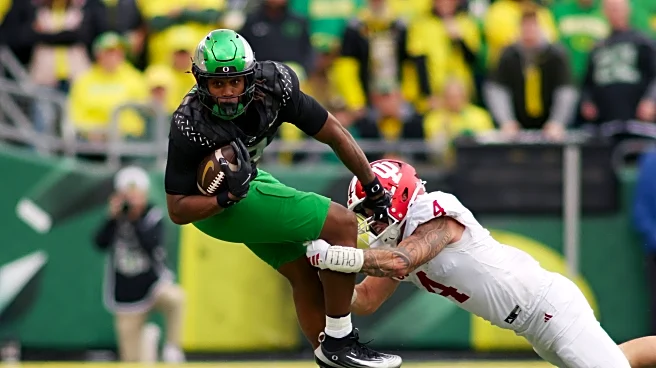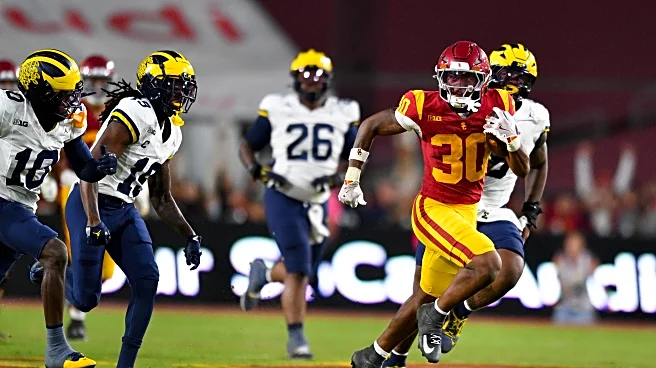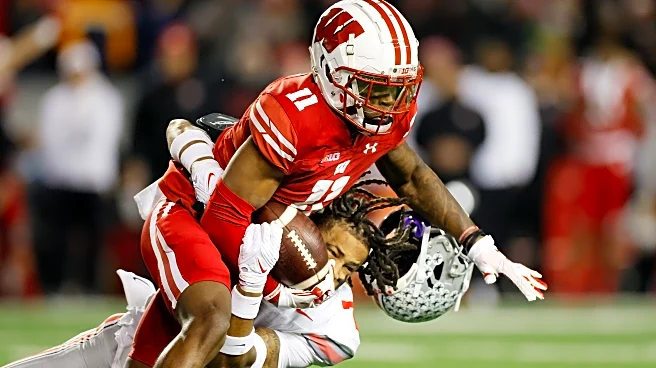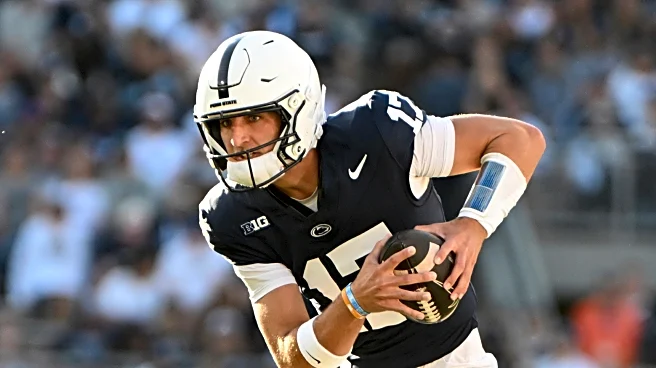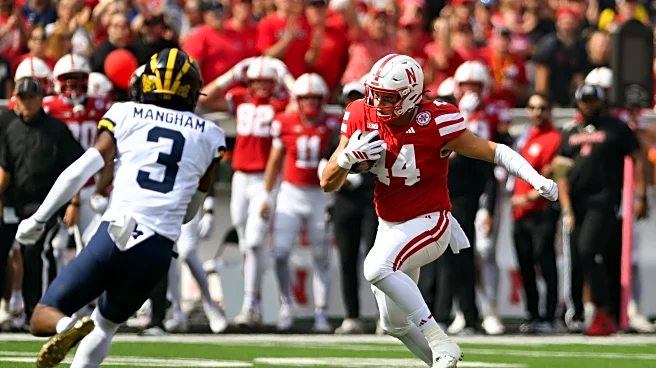What is the story about?
What's Happening?
A study conducted by researchers at Penn State Berks has revealed that running with a stroller may lower the risk of injury for parents. The study, published in the journal PLOS One, examined the impact of stroller running on the body’s loading forces. Researchers recruited 38 healthy runners who ran at least five miles a week and had them run both with and without a stroller across a force plate that measured step impact. The findings showed a reduction of eight percent to 17 percent in vertical loading metrics when runners used a stroller, indicating less impact on the body. This reduction in impact is linked to a decrease in common overuse injuries such as knee pain, stress fractures, and plantar fasciitis. However, the study also noted an increase in torsional loading, which is the twisting force under the feet, due to restricted upper-body rotation when holding stroller handlebars.
Why It's Important?
The study’s findings are significant for parents who wish to maintain an active lifestyle without compromising their health. With up to 79 percent of runners experiencing injuries annually, understanding the mechanics of stroller running can inform better stroller designs and coaching strategies. The reduction in vertical impact loading suggests that stroller running could be a safer option for parents, potentially reducing the incidence of common running injuries. However, the increase in torsional loading highlights the need for further research into stroller design and posture adjustments to mitigate these forces. This research could lead to improved stroller designs that enhance safety and comfort for running parents.
What's Next?
The research team plans to continue exploring the biomechanics of stroller running, focusing on the specific types of injuries that may arise from increased torsional loading. Future studies may investigate how factors such as wheel size, handlebar height, and stroller weight affect the difficulty of turning the stroller and the associated twisting forces. These insights could lead to innovations in stroller design, making them more suitable for running and reducing injury risks. Additionally, the study may influence coaching strategies for parents, emphasizing the importance of choosing appropriate terrain and minimizing stroller weight during runs.
Beyond the Headlines
The study opens up discussions on the broader implications of exercise equipment design and its impact on health. As more parents seek ways to integrate fitness into their routines, understanding the biomechanics of stroller running could lead to advancements in exercise equipment tailored to specific needs. This research also highlights the importance of ergonomic design in reducing injury risks, potentially influencing other areas of fitness equipment development.
AI Generated Content
Do you find this article useful?
